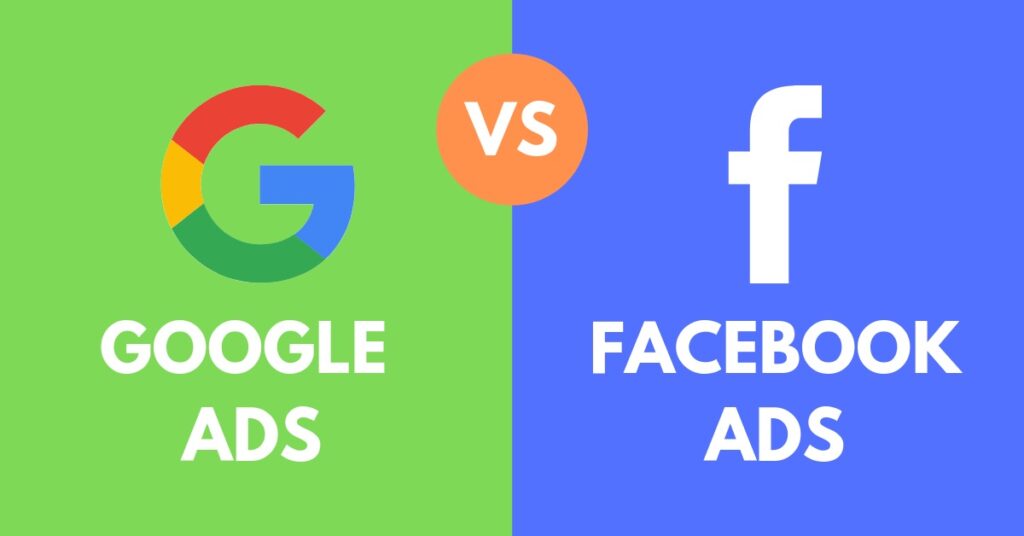Overview of Google Ads and Facebook Ads
In the vast landscape of digital advertising, Google Ads and Facebook Ads reign supreme as two of the most powerful platforms for businesses to promote their products and services. Google Ads, formerly known as Google AdWords, enables advertisers to display ads on Google’s search engine results pages (SERPs), while Facebook Ads allows businesses to target users on the world’s largest social media platform. As epoxy flooring businesses navigate the digital marketing realm, understanding the nuances of each platform is crucial for maximizing advertising effectiveness and return on investment (ROI).
Audience Targeting: Differences In Targeting Options
The cornerstone of successful advertising lies in effective audience targeting, and Google Ads and Facebook Ads offer distinct approaches in this regard. Google Ads primarily relies on keyword targeting, where advertisers bid on specific keywords related to epoxy flooring, such as “epoxy floor coatings” or “industrial floor resurfacing.” Advertisers can target users based on their search queries, allowing for precise targeting of individuals actively seeking epoxy flooring services.
On the other hand, Facebook Ads offers unparalleled granularity in audience targeting, leveraging user data such as demographics, interests, behaviors, and even life events. Epoxy flooring businesses can target users based on factors such as age, gender, location, interests (e.g., home improvement, interior design), and behaviors (e.g., DIY enthusiasts, homeowners). Additionally, Facebook’s Custom Audiences and Lookalike Audiences features enable businesses to target users based on existing customer lists or similarities to their current customer base.
Ad Formats: Comparison Of Ad Formats Available On Each Platform
Both Google Ads and Facebook Ads provide a diverse range of ad formats to accommodate various marketing objectives and audience preferences. Google Ads offer search ads, display ads, video ads, shopping ads, and app promotion ads, each tailored to engage users at different stages of the customer journey. For epoxy flooring businesses, search ads may be particularly effective in capturing users actively searching for epoxy flooring solutions, while display ads and video ads can help raise brand awareness and showcase product features and benefits.
In contrast, Facebook Ads offer carousel ads, photo ads, video ads, slideshow ads, and messenger ads, among others, providing businesses with creative flexibility to engage users on the platform. For epoxy flooring businesses, visually engaging ad formats such as carousel ads or video ads can effectively showcase before-and-after transformations, highlight product durability, and demonstrate the application process, capturing users’ attention and driving engagement.
Cost And Roi: Cost Comparison And Return On Investment
Cost and return on investment (ROI) are critical considerations for epoxy flooring businesses when choosing between Google Ads and Facebook Ads. Google Ads operate on a pay-per-click (PPC) model, where advertisers bid on keywords and pay only when users click on their ads. The cost per click (CPC) can vary depending on keyword competitiveness, bidding strategy, and quality score. While Google Ads can deliver highly targeted leads with high purchase intent, the cost per click can be relatively high, especially for competitive keywords in the epoxy flooring industry.
In contrast, Facebook Ads offer a variety of pricing options, including cost-per-click (CPC), cost-per-impression (CPM), and cost-per-action (CPA), providing businesses with flexibility in budget allocation and pricing strategy. While Facebook Ads typically have lower CPCs compared to Google Ads, the effectiveness of campaigns may vary depending on factors such as audience targeting, ad creatives, and engagement metrics. Epoxy flooring businesses should track key performance indicators (KPIs) such as click-through rate (CTR), conversion rate, and cost per conversion to measure the ROI of their advertising efforts on both platforms.
Use Cases: When to use Google Ads vs. Facebook Ads
Determining when to use Google Ads versus Facebook Ads depends on the specific goals and objectives of the epoxy flooring business. Google Ads are well-suited for capturing high-intent users actively searching for epoxy flooring services or related keywords. For example, users searching for “epoxy flooring contractors near me” are likely in the consideration or decision stage of the buying journey, making Google Ads an effective tool for capturing these leads and driving conversions.
On the other hand, Facebook Ads are ideal for raising brand awareness, generating leads, and nurturing customer relationships over time. Facebook’s extensive targeting options and visually engaging ad formats make it an effective platform for reaching users earlier in the buying journey, introducing them to the benefits of epoxy flooring, and nurturing leads through engaging content and personalized messaging.
Best Practices For Integrating Both Platforms
In conclusion, the optimal digital marketing strategy for epoxy flooring businesses often involves a combination of both Google Ads and Facebook Ads. By leveraging the strengths of each platform and integrating them into a cohesive advertising strategy, businesses can maximize their reach, engagement, and conversion rates effectively. Here are some best practices for integrating both platforms:
- Define Clear Objectives: Clearly define your marketing objectives and target audience for each platform.
- Tailor Your Messaging: Craft personalized ad creatives and messaging that resonate with your target audience on each platform.
- Monitor and Optimize: Regularly monitor ad performance metrics and optimize your campaigns based on insights and data.
- Test and Iterate: Experiment with different ad formats, targeting options, and messaging to identify what works best for your business.
- Track ROI: Measure and track the return on investment (ROI) for each platform to ensure your advertising dollars are being spent effectively.
By following these best practices and continually refining their approach, epoxy flooring businesses can maximize their online presence, generate leads, and drive business growth effectively in the competitive digital landscape. Additionally, businesses should stay informed about industry trends, algorithm changes, and new features on both platforms to stay ahead of the curve and maintain a competitive edge in the epoxy flooring market.


